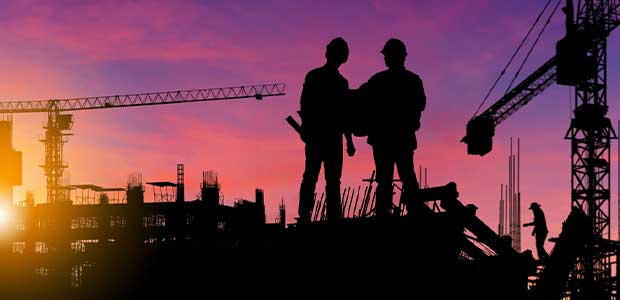
Evolution of Safety on Construction Sites—Physical and Mental
The meaning of safety in construction has started to evolve.
- By Paul Goren
- Aug 01, 2022
When we think of safety on a construction site, we often think about hazards and safety policies to prevent accidents. But in the last couple of years, the meaning of safety in construction has started to evolve. The most innovative site managers are integrating employee mental and physical health programs into their safety strategies.
In 2018 alone, there were 1,008 construction fatalities but more than 5,200 suicides by construction workers. This suicide rate equates to 45.3 deaths per 100,000, or nearly twice the average male suicide rate of 27.4 per 100,000. Mental health is as serious (if not more serious) on the job site as physical health. Both are crucial factors in an employee’s ability to perform their job safely, effectively and efficiently.
When employees are experiencing physical or mental health challenges, the effect on their job performance and productivity can be just as dangerous as common construction site hazards. The concept of safety in construction is now expanding from a focus-on liability to a focus-on workforce health and wellness.
Shifting from Reactionary to Preventive Care
While physical health has long been a top priority for construction leaders, it’s often addressed through reactionary care following an incident. Today, this is no longer the case. Recently, a switch is being flipped with greater investment being placed in injury prevention through proactive care. According to U.S. Bureau of Labor Statistics data, the most common non-fatal workplace injuries resulting in days away from work in 2020 were strains, sprains and tears–all injuries that can be prevented if addressed early.
Still, there is a barrier to that early care in construction with many workers reluctant to report pain and brushing it off as insignificant when they should be going to a care provider for evaluation. The reluctance surrounding prevention is an ongoing and unfortunate reality in the space. To combat that, more construction leaders are investing in modern onsite medical teams dedicated to preventive care to help catch these injuries before they potentially get worse and more costly. Today’s onsite clinicians can check in with workers about what’s hurting them through non-descriptive assessments. Some construction sites are even providing programs including micro-sessions, wellness carts, hydration stations and competitive challenges.
This article originally appeared in the July/August 2022 issue of Occupational Health & Safety.